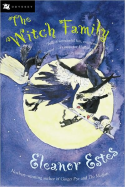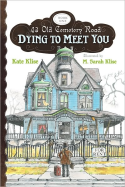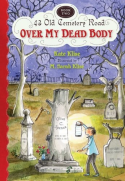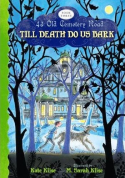Note: This is the rehearsal script edition. A definitive collectors’ edition will be released at a later date.
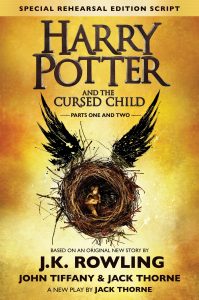 Harry Potter and the Cursed Child joins Buffy the Vampire Slayer Season Eight in the category of “ostensibly canon series continuations that I shall henceforth pretend do not exist.”
Harry Potter and the Cursed Child joins Buffy the Vampire Slayer Season Eight in the category of “ostensibly canon series continuations that I shall henceforth pretend do not exist.”
The play begins with an abbreviated version of the Deathly Hallows epilogue. Albus Potter, Rose Granger-Weasley, and Scorpius Malfoy head off for their first year at Hogwarts, where Albus and Scorpius are soon sorted into Slytherin. That’s an interesting development and I was still rather optimistic at this point, but sadly there’s hardly any exploration of this event before Albus is in his second year. Then third. Along the way there are brief episodes of scorn and failure and glimpses of his strong friendship with Scorpius—along with lines like “he’s all I need” that make me want to see them fall in love—but it’s all very cursory.
On the eve of his fourth year, Albus happens to overhear Cedric Diggory’s family asking Harry (now head of Magical Law Enforcement) to use a recently confiscated time-turner to go back and save Cedric. Harry declines, and Albus—who has become a surly teen full of angst and bitterness—decides that he and Scorpius are going to show up his uncaring father by saving the day themselves. Of course, they end up screwing up the timeline (though not before successfully accomplishing some things that really ought to have been made more difficult) and the adult characters must help them set things right. Meanwhile, Harry’s scar has started hurting again and he’s hearing whispers of parseltongue.
I would’ve liked this a lot more if it was a book about the boys and their time at school. As it is now, the plot’s too accelerated and simplistic, and there are some scenes with the adult characters that I really could have done without (though I did like seeing Harry and Draco work together to save their sons). That said, probably the best thing about Harry Potter and the Cursed Child is its treatment of Slytherins. Not only does Draco show himself to be a decent, wounded person, but he’s raised a truly adorable, geeky son who has his share of heroic moments. Too, one of the timeline variants allows us another glimpse at Snape, still honoring Lily by fighting for the cause she believed in even when all seems lost.
Ultimately, I’m glad I read it, because I do really, truly love Scorpius. I’d love a whole book about Scorpius, in fact, provided it was a proper book written by Rowling and not more of this.
